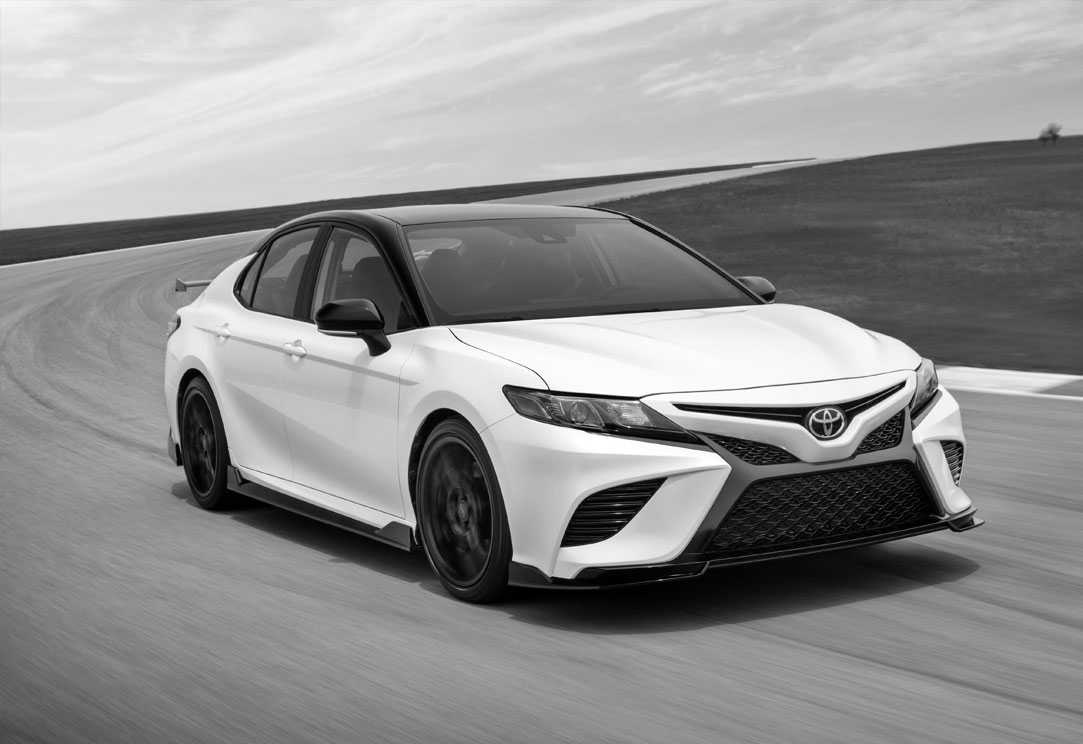The Toyota Camry debuted late in the 1983 model year and was intended to serve as the company’s first true compact car, replacing the earlier Toyota Corona that had been discontinued. The name Camry was taken from the Japanese word kanmuri, meaning “crown,” a nod to the car’s front-wheel drive. Measuring just 175.6 inches long, the first-generation Toyota Camry was available in both sedan and liftback body styles. The car quickly became popular for its comfortable ride and impressive reliability. For 1987, Toyota launched a second-generation Camry that featured more interior space and more variety in the lineup, which included a wagon. In 1988, Toyota opened a plant in Georgetown, Kentucky to manufacture Camrys for the North American market. The third-generation Camry launched in 1992 and marked the first time that the American version was differentiated from the global market version of the car — it used a new wide-body configuration that bumped the car up from being classified as compact to mid-size. A two-door Camry coupe debuted in 1994, and in 1997, the fourth-generation Camry arrived. Notably, Toyota’s Ann Arbor, Michigan engineering facility collaborated with their Japanese counterparts to develop the car. The Camry Solara debuted in 1999. The Camry had its fifth major redesign in the early 2000s and the first hybrid options were introduced around the turn of the decade. The seventh-generation Camry was introduced in 2012 but was unpopular, so a redesigned version was released in 2015. The 2017 Camry transitioned to an all-new platform for the first time in many years and featured sharper driving dynamics and a hybrid powertrain. The sporty Camry TRD debuted in 2020, and in July 2021, the 10 millionth Camry rolled off the line at the Kentucky plant. Today, the Toyota Camry remains one of the most popular and reliable sedans on the road today.

Your go-to guide for weird history facts
Subscribe to the FREE daily email that makes learning about history fun.


